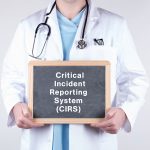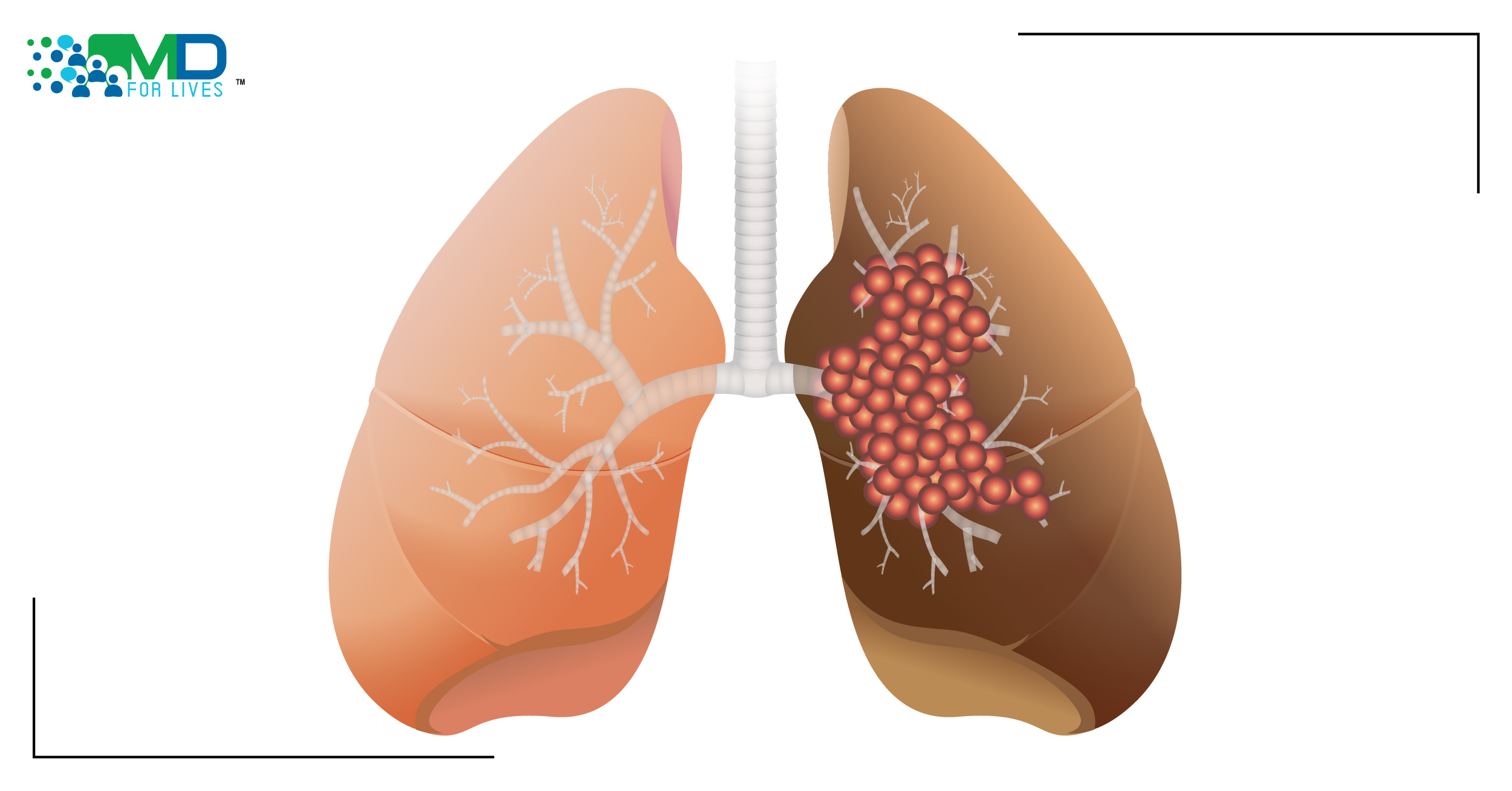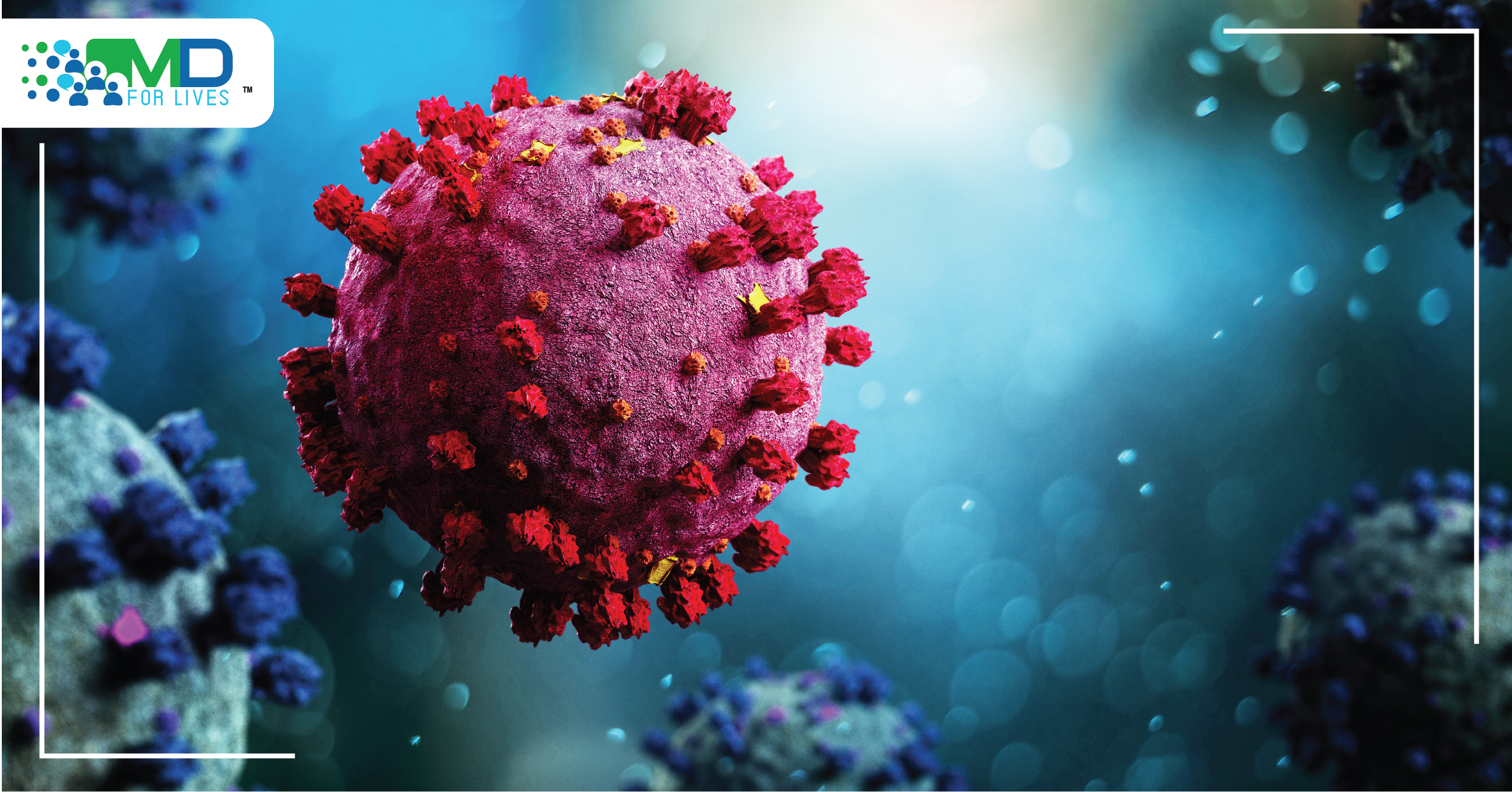Among numerous novel medical treatments that are redefining patient care, music therapy has emerged as a trailblazing force in promoting holistic well-being for individuals facing various health challenges. However, its potential is nowhere more evident than in pulmonary rehabilitation. where obscure respiratory health maladies call for innovative solutions.
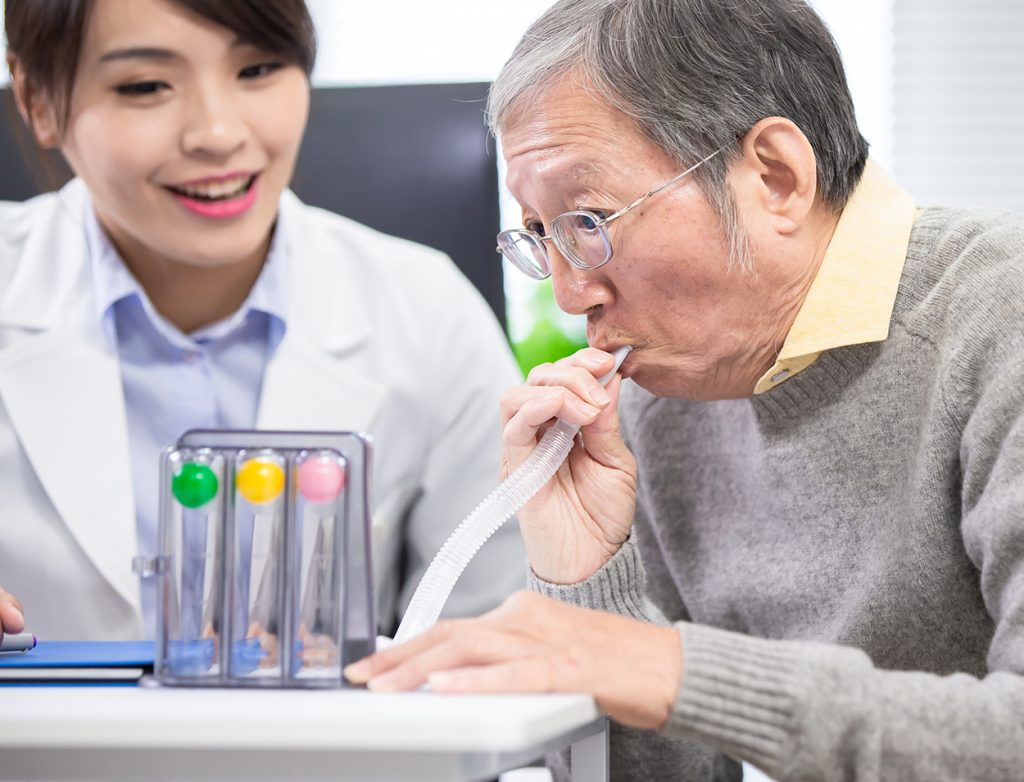
Before delving into music therapy, let’s take a moment to understand Pulmonary Rehabilitation. It’s a comprehensive program designed for those facing chronic respiratory challenges such as COPD, Asthma and Pulmonary Fibrosis. Integrating exercise, education and psychosocial support, it optimizes respiratory function and improves quality of life.
Research published in the Journal of Cardiopulmonary Rehabilitation and Prevention revealed that COPD patients participating in pulmonary rehabilitation breathing exercises experienced enhanced exercise tolerance, reduced shortness of breath, and improved quality of life. This highlights the pivotal role of pulmonary therapy exercises in managing chronic respiratory conditions and empowering individuals to live life to the fullest.
This blog provides an opportunity to explore the profound influence of music therapy on pulmonary rehabilitations. By bringing its benefits to the fore, we aim to provide valuable insights for physicians struggling to steer clear of the complexities surrounding respiratory care.
HOW MUSIC THERAPY IS ADVANCING PULMONARY REHABILITATION
A clinical and evidence-based practice, music therapy involves using music interventions by a qualified therapist to address individuals’ physical, emotional, cognitive and social needs. Blending rhythm, melody and harmony, it harnesses the intrinsic elements of music to achieve therapeutic goals and promote healing. Particularly in the case of pulmonary rehabilitation breathing exercises, music therapy offers an ideal remedy for individuals suffering from chronic respiratory conditions.

There are numerous benefits of integrating music therapy into pulmonary therapy exercises programs:
- Enhanced Exercise Adherence and Endurance: Music therapy serves as a valuable adjunct, motivating patients to adhere to exercise regimens. Through rhythmic beats and uplifting melodies, it provides a supportive environment, encouraging individuals to push through workouts and enhance their endurance.
- Promotion of Relaxation and Stress Reduction: Creating a serene ambiance, music therapy facilitates deeper engagement in pulmonary rehabilitation breathing exercises, promoting relaxation and stress alleviation, thereby instilling a sense of calmness among participants.
- Improvement in Exercise Capacity and Dyspnea Perception: Studies demonstrate that music interventions can elevate exercise capacity and diminish feelings of breathlessness in individuals with respiratory conditions. Enhancing physical performance during pulmonary rehabilitation sessions, music therapy synchronizes breathing patterns and offers a distraction from discomfort.
- Cultivation of Community and Social Connection: Music therapy cultivates community and inclusion within the rehabilitation environment. Through shared musical experiences, participants interact and forge bonds, fostering peer support and camaraderie. This communal atmosphere yields significant psychological benefits, bolstering motivation and well-being throughout the rehabilitation journey.
CHALLENGES OF INTEGRATING MUSIC THERAPY INTO PULMONARY REHABILITATION
Apart from the benefits of integrating music therapy into pulmonary rehabilitation, it’s also important to acknowledge the challenges associated with this approach:
- Awareness and Understanding: Many healthcare professionals may have limited knowledge or training in music therapy principles and techniques. This lack of familiarity can hinder their ability to integrate music therapy into pulmonary rehabilitation breathing exercises programs effectively.
- Resource Constraints: Establishing a comprehensive program necessitates qualified music therapists and adequate equipment, which budgetary limitations and resource scarcity may hinder.
- Diverse Patient Needs: Tailoring music interventions to individual patient needs and preferences, including cultural considerations and musical aptitude, can be challenging.
- Continuity of Services: Ensuring the continuity of music therapy services throughout the rehabilitation process can prove to be a daunting task amid patient dropout or fluctuating resource availability.
- Subjective Assessment: Evaluating the impact of pulmonary rehabilitation music therapy on patient outcomes is challenging due to the subjective nature of assessment, restricting objective evaluation.
Addressing these challenges requires collaborative efforts, education and resource allocation to support the effective integration of music therapy into pulmonary rehabilitation programs.
CONCLUSION
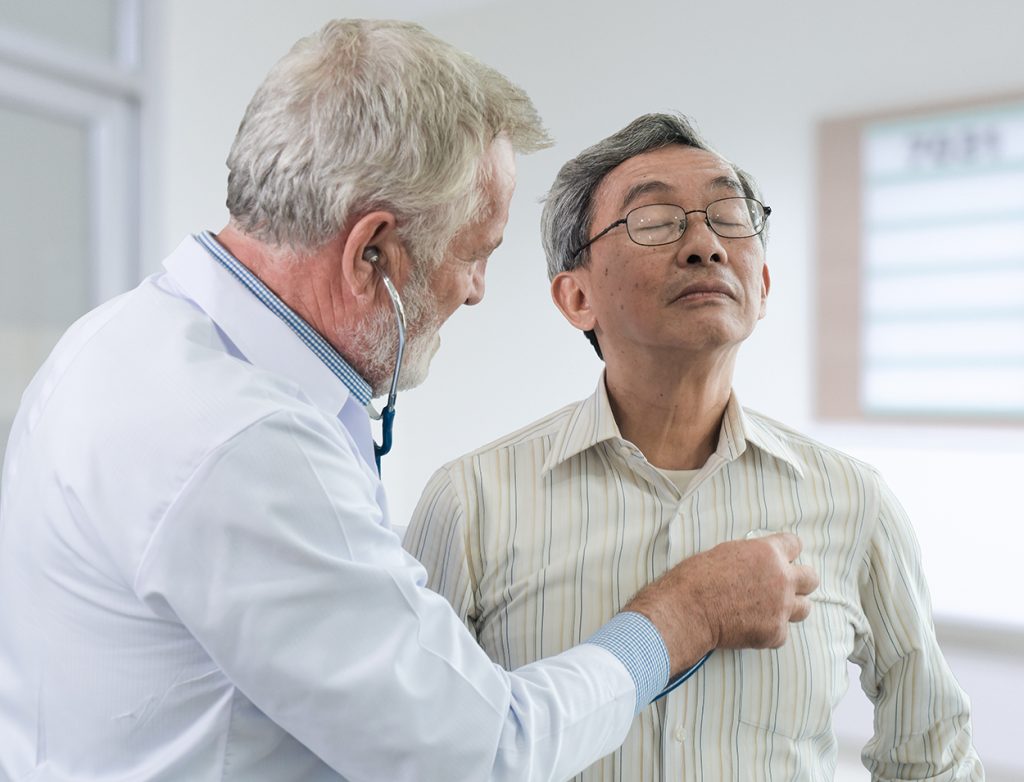
The fusion of art and science in music therapy is setting a new standard for healthcare services worldwide, emphasizing its capacity to heal and enhance the quality of life as the healthcare industry evolves. Physicians should recognize its impact and consider incorporating it into pulmonary rehabilitation programs around the globe.
This National Pulmonary Rehabilitation Week, MDForLives sincerely hopes that patients undergoing respiratory rehabilitation find solace and strength through the extraordinary healing effects of music therapy.
Physicians willing to contribute to the healthcare sector’s growth, join us today! Participate in paid medical surveys, share interesting case studies and blogs, and attend webinars to gain and share knowledge.
References:
- Pulmonary Rehabilitation
www.ncbi.nlm.nih.gov - Success in pulmonary rehabilitation in patients with chronic obstructive pulmonary disease
www.ncbi.nlm.nih.gov - Music Therapy
www.my.clevelandclinic.org - Music Therapy in Adults With COPD
www.rc.rcjournal.com

The creative force behind the keyboard, Pallabi crafts narratives of healthcare wonders and research marvels. As a seasoned professional blogger, she ventures to unearth the riches of medical innovation, weaving them into insightful stories that educate.


